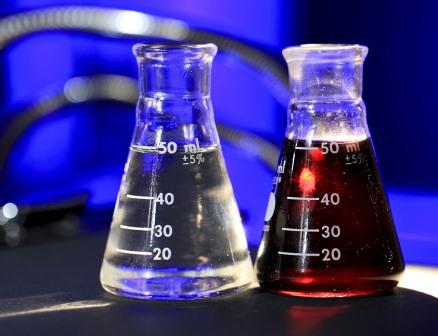INTRODUCTION TO ACIDS, BASES AND INDICATORS
. In a school laboratory: (i) An acid may be defined as a substance that turns litmus red. (ii) A base may be defined as a substance that turns litmus blue. Litmus is lichen found mainly in West Africa. It changes its colour depending on whether the solution is in basic/alkaline or acidic. It is […]
INTRODUCTION TO ACIDS, BASES AND INDICATORS Read More »
